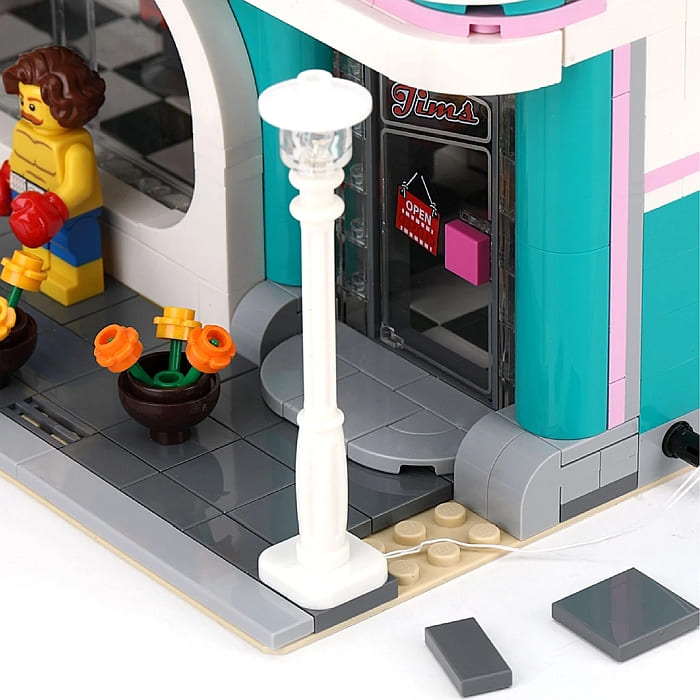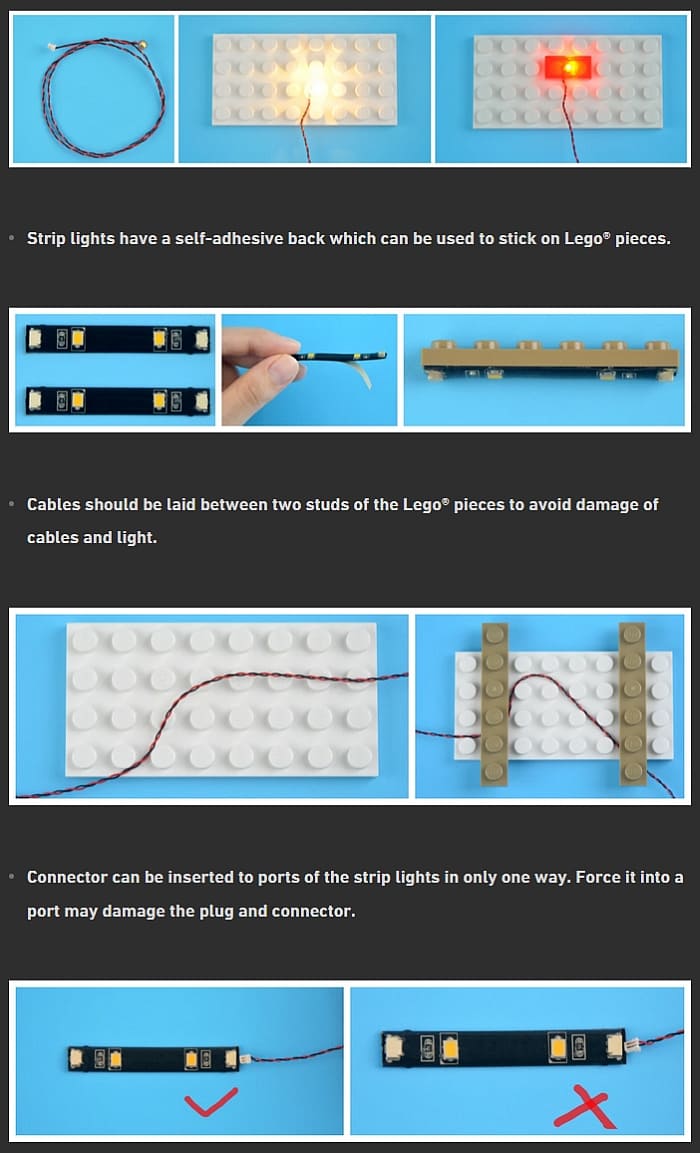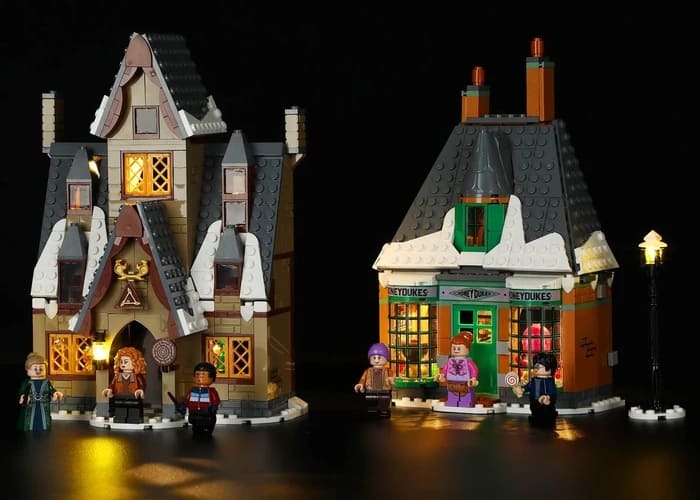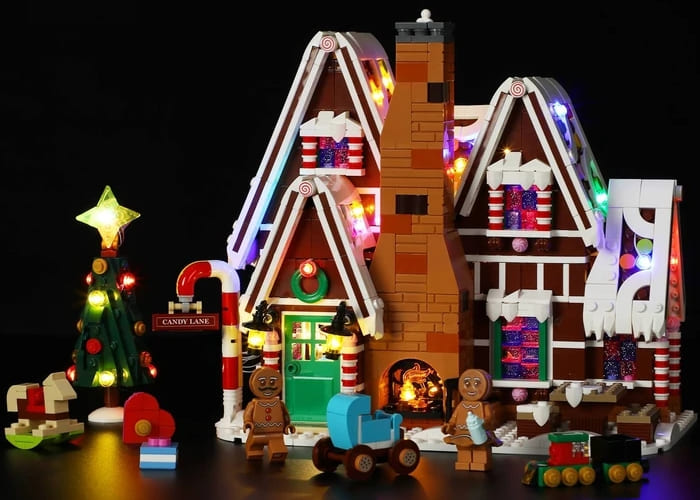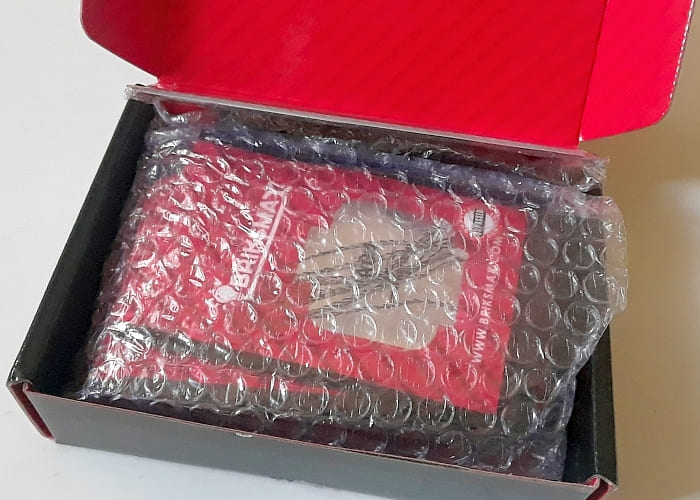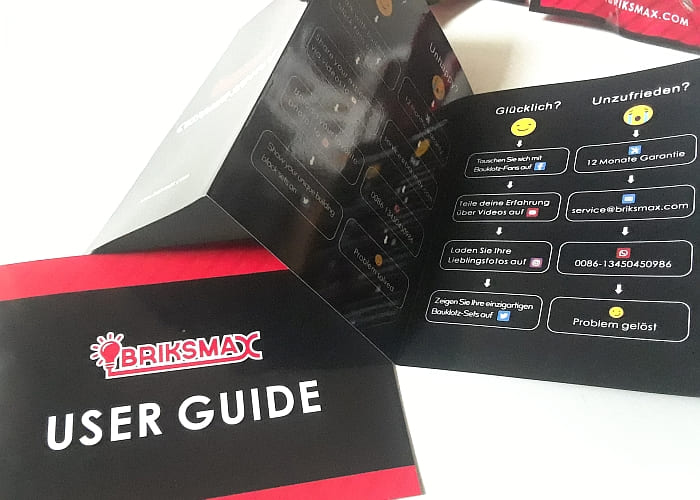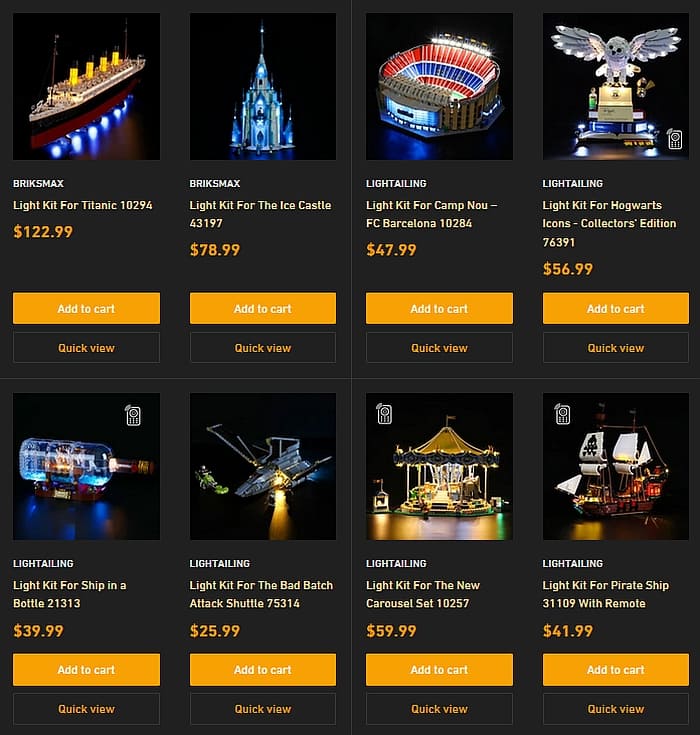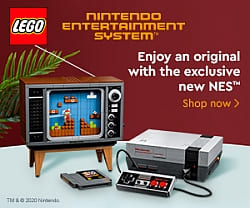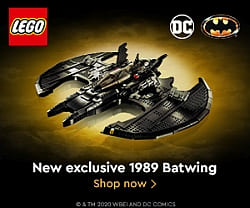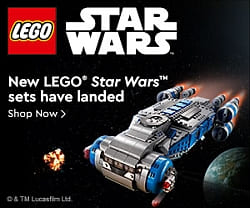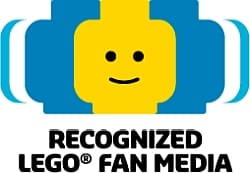Here is an interesting piece of news that appeared in the LEGO newsroom; the LEGO Group announced plans to build a new factory in Vietnam! This will be the 6th LEGO factory and the first one that’s carbon-neutral. The facility will create up to 4,000 jobs and is set to start production in 2024. Below are the details.

The LEGO Group today signed a Memorandum of Understanding with Vietnam Singapore Industrial Park Joint Venture Company Limited (VSIP) to build a new factory in Vietnam. The facility is planned to be the company’s first carbon-neutral factory and will include investments in solar energy generation.
The LEGO Group will invest more than US $1 billion in the 44-hectare site in the Binh Duong Province around 50km from Ho Chi Minh City and create up to 4,000 jobs over the next 15 years. Construction is set to begin in the second half of 2022 and production is due to start during 2024.
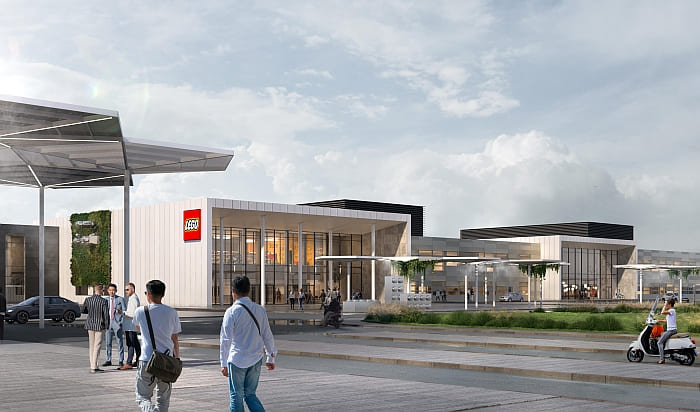
The new factory will be the LEGO Group’s sixth manufacturing site and second in Asia. It is being built to support additional long-term growth in the region so the company can continue to deliver play experiences to many more children in the years to come. The LEGO Group has achieved annual double-digit growth in the region since 2019.

The new site expands the LEGO Group’s LEGO Global Supply Chain Network (click on the link to see larger version of the infographic above), which locates factories close to its major markets. This provides the flexibility to respond quickly to shifts in local consumer demand, shortens the supply chain, and reduces the environmental impact of shipping long distances.
Chief Operations Officer, Carsten Rasmussen said: “We are very grateful for the support of the Vietnamese government in helping us achieve our ambition to build our first carbon-neutral factory. Their plans to invest in expanding renewable energy production infrastructure and a collaborative approach to working with foreign companies who are seeking to make high-quality investments were among the factors in our decision to build here. This investment will help us to bring the power of LEGO play to future generations of children. We want to inspire and develop the builders of tomorrow, and it is critical that we do so by acting in the most sustainable way possible. We are also looking forward to partnering with VSIP to build this state-of-the-art factory which will directly provide thousands of jobs to the region and indirectly support local businesses and communities.”

Mr Nguyen Phu Thinh, General Director of VSIP said: “We are excited to collaborate with the LEGO Group on this important investment and honored they selected Vietnam Singapore Industrial Park III in Binh Duong Province. We are committed to offering international companies high quality investments and sustainable solutions to create attractive long-term development opportunities.”
The new factory will feature solar panels on its roof and VSIP will build a nearby solar project on behalf of the LEGO Group. Combined, these solar parks will produce enough renewable energy to match 100% of the factory’s annual energy requirements. It will be constructed with an aim to meet a minimum standard of LEED Gold, which covers all areas of sustainability including energy, water, and waste. The factory will be designed to accommodate electric vehicles and be outfitted with energy-efficient production equipment. The LEGO Group together with VSIP will plant 50,000 trees in Vietnam to compensate for vegetation removed during construction.
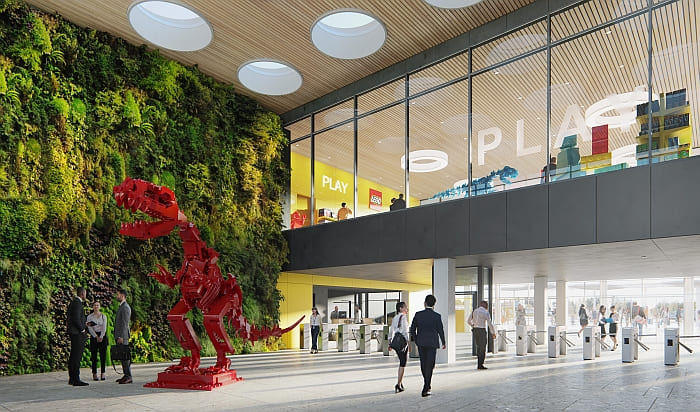
The new factory will meet the LEGO Group’s extraordinarily high quality and safety standards. Skilled local employees will be trained to operate the same high-tech production equipment used in every LEGO factory around the world. This will make sure that each brick is made to the accuracy of 1/10th of a hair’s width so that it fits perfectly with bricks and products made over the past 60 years.
Carsten Rasmussen said: “Every LEGO factory no matter where it’s located is designed to make the safest, best quality products, and provide a world-class work environment for our colleagues, so we live up to our promise that only the best is good enough. When you buy a LEGO set, you know you are getting a play experience that will last for generations.”
2021 marks 50 years of diplomatic relations between Vietnam and Denmark and the LEGO Group is excited to be able to announce such a significant investment in this anniversary year.
Denmark’s Ambassador to Vietnam and Laos, Mr. Kim Højlund Christensen said: “2021 is a milestone year for Danish and Vietnamese relations. During the past 50 years both countries benefited economically and culturally from developing close ties – from development cooperation to trade and investment. This is the largest investment in Vietnam made by a Danish company. It shows the confidence and optimism we have in the future of this important partnership.”
What do you think? How do you like LEGO’s continued expansion? Do you have any comments, questions, concerns? Feel free to share them below!
And you might also like to check out the following related posts:



